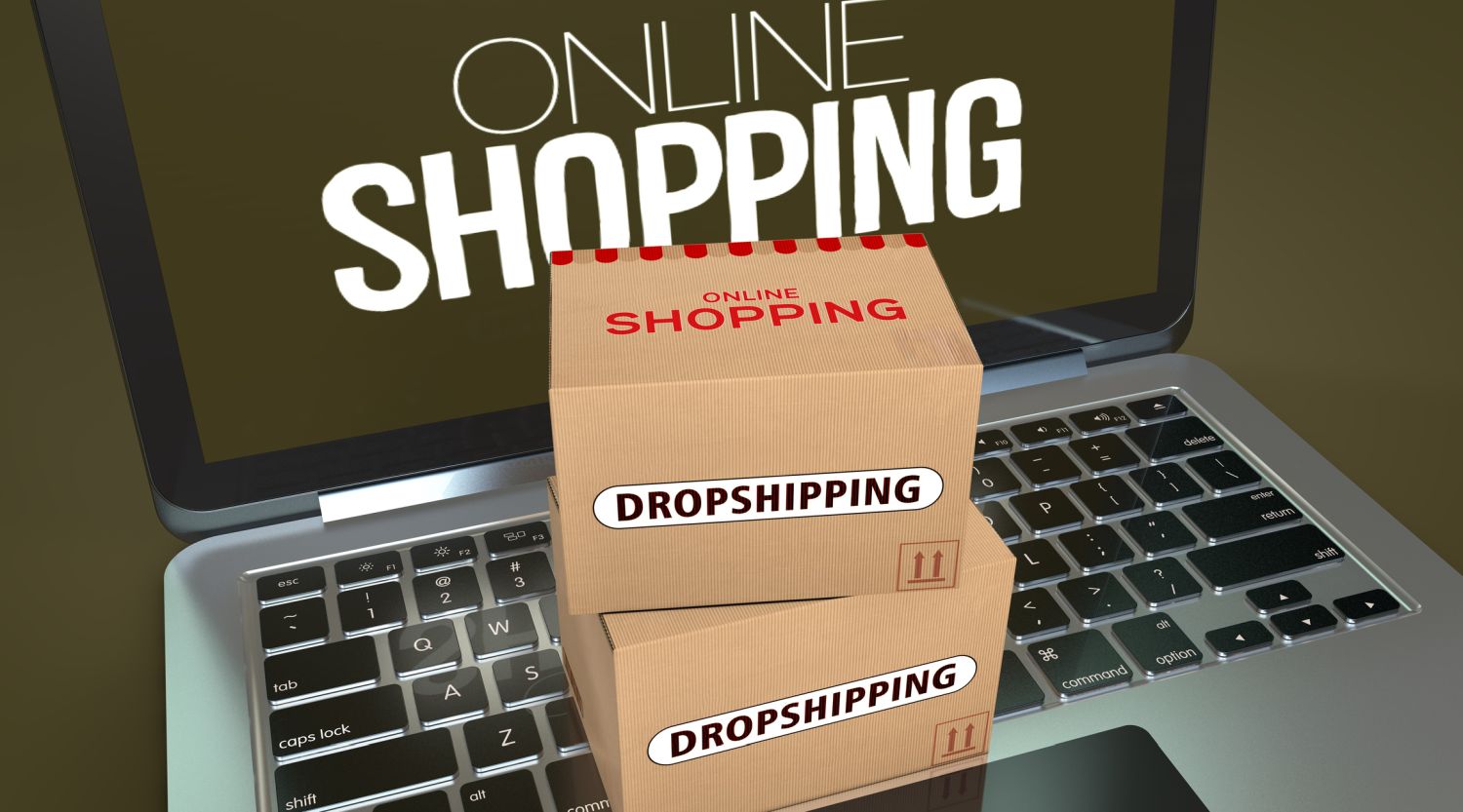‘For savvy entrepreneurs, the opportunity is immense. With the right product niche and marketing strategy, many have turned dropshipping into a lucrative online business.’
Imagine you’re sitting at your kitchen table with just a laptop and an idea. You launch an online store in a single afternoon—no warehouse, no boxes in your living room, no upfront inventory.
When someone places an order, a supplier on the other side of the world handles the packing and shipping. You collect the profit. That’s dropshipping—an ecommerce model that turns almost anyone into a retailer without ever touching the product.
Grant Lapping, Digital Executive at midnight, said this low-cost, low-risk environment has fueled the explosive rise of dropshipping—a retail model where the seller never handles the physical product.
Instead, third-party suppliers or manufacturers ship goods directly to the customer on behalf of the online store. This eliminates the need for inventory management, warehousing, or upfront stock purchases.
“The global dropshipping market is booming. In 2024, it was valued at $366.76 billion, and projections estimate it will reach a staggering $3.47 trillion by 2033, growing at a compound annual growth rate (CAGR) of 28.4%.
“For savvy entrepreneurs, the opportunity is immense. With the right product niche and marketing strategy, many have turned dropshipping into a lucrative online business,” said Lapping.
ALSO READ: Amazon launches ‘Shop Mzansi’ to support local small businesses
How dropshipping works
He added a typical dropshipping business operates through a front-end ecommerce platform, usually a Shopify site, WooCommerce store, or Amazon storefront.
The seller curates a product offering, handles customer service, and manages marketing, while a supplier takes care of inventory and fulfillment.
Most dropshippers generate traffic through search engine optimization (SEO), social media marketing, and paid advertising such as Facebook or Google ads. For many, the goal is to build a system that eventually becomes a passive income stream, requiring minimal upkeep beyond occasional ad tweaks and customer support.
The challenges of dropshipping
Lapping added that but ease of entry comes with its own set of challenges. The simplicity of launching a dropshipping store has attracted countless new entrants, resulting in a saturated and fiercely competitive landscape.
“Trust and credibility are among the biggest hurdles. Consumers are naturally wary of buying from unknown websites, especially when established marketplaces like Amazon, Takealot, or Temu offer similar products with recognized brands and reliable service.”
Overcoming this scepticism requires a long-term commitment to building a brand, collecting positive reviews, and delivering excellent customer service.
“Product differentiation poses another challenge. Since many dropshippers source from the same wholesalers, such as AliExpress or CJ Dropshipping, it’s difficult to offer a truly unique product.
“Without a strong, unique selling proposition (USP), businesses often resort to price wars, leading to razor-thin profit margins. Add in platform fees, advertising costs, and shipping expenses, and profitability can quickly erode.”
Moreover, quality control and fulfillment reliability are largely outside the seller’s hands. If a supplier ships a defective product or delays delivery, it’s the dropshipper who must field customer complaints and absorb refund or return costs. A few bad reviews can damage a fledgling brand, making it hard to scale or retain customer loyalty.
ALSO READ: How SMEs can leverage cross-border e-commerce opportunities
Balancing opportunity with realism
He said dropshipping remains one of the most accessible ways to start an online business. For those willing to invest in customer trust, branding, and marketing expertise, it can be a powerful model.
But it’s not the passive cash cow some online gurus might suggest. It requires resilience, adaptability, and a long-term mindset.
In a world where anyone can start a store in an afternoon, the winners are those who treat dropshipping not as a shortcut, but as a legitimate business requiring strategy, dedication, and a commitment to standing out in a crowded marketplace.
Building a successful dropshipping business
Dropshipping can be a rewarding venture, but it is not a get-rich-quick scheme. Like any other business, it takes patience, long-term commitment, and perhaps a bit of luck to succeed.
Here are some of the best practices from Lapping to consider for successful dropshipping ventures:
•Find reliable suppliers – It’s essential to use suppliers that have solid reputations for quality products and efficient fulfillment. Poor service or low quality products can damage customer trust and lead to negative reviews. Try to sample products that you want to sell to make sure they are safe, functional and meet the supplier description.
•Identify a niche market – Successful dropshipping businesses focus on a niche where they face less competition and can establish brand authority.
•Consider acquiring an existing brand – Instead of starting from scratch, you can acquire an established dropshipping store with positive customer reviews to get a head start.
•Invest in brand building – Effective marketing through SEO and content-driven campaigns on platforms like YouTube and TikTok can help create brand recognition and drive conversions. Set aside some budget for advertising and monitor your costs for customer acquisition.
•Weigh Amazon vs. Shopify – Selling through Amazon grants access to an existing customer base but comes with strict regulations and a 15% commission on sales.
NOW READ: ‘We need a nation that can create jobs for themselves’
